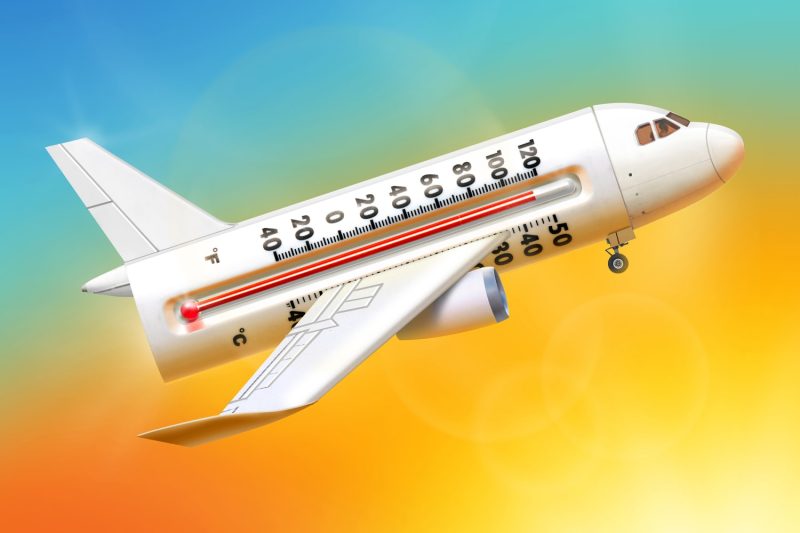Extreme Heat Makes Flying Harder: Airlines and Airports Say They Aren’t Sweating It
The impact of extreme heat on aviation operations has been a topic of growing concern in recent years as global temperatures continue to rise. Airlines and airports are faced with the challenge of operating in increasingly hot conditions, which can have significant implications for flight schedules, aircraft performance, and passenger comfort.
One of the key issues that airlines and airports face during periods of extreme heat is the effect on aircraft performance. High temperatures can reduce aircraft engine efficiency, affecting the amount of thrust that engines can produce. This, in turn, can result in the need for longer runways for takeoff and landing, as well as weight restrictions that may require airlines to reduce the number of passengers or cargo on board.
Extreme heat can also impact aircraft equipment, such as air conditioning systems, which are crucial for maintaining a comfortable environment for passengers and crew. In hot conditions, these systems may have to work harder to cool the cabin, putting additional strain on the aircraft’s overall performance and potentially leading to maintenance issues.
In addition to the challenges faced by airlines, airports also have to contend with the effects of extreme heat on their infrastructure. Runways, taxiways, and other paved surfaces can become softer in high temperatures, posing safety risks for aircraft during takeoff and landing. Moreover, hot weather can impact ground support equipment, such as baggage handling systems and refueling vehicles, potentially leading to delays and disruptions in airport operations.
Despite these challenges, airlines and airports are taking steps to mitigate the impact of extreme heat on their operations. This includes implementing heat-related operating procedures, such as adjusting flight schedules to cooler times of the day, increasing aircraft inspection and maintenance protocols, and providing additional training for pilots and ground staff on operating in hot weather conditions.
Furthermore, airlines are investing in advanced technologies and materials to improve aircraft performance and efficiency in extreme heat. This includes developing engine designs that are more resilient to high temperatures, as well as exploring alternative fuels and energy sources that can reduce greenhouse gas emissions and minimize the impact of aviation on climate change.
While extreme heat presents significant challenges for airlines and airports, industry stakeholders are working proactively to adapt to these changing conditions. By implementing innovative solutions and best practices, airlines and airports can continue to provide safe and reliable air transportation services, even in the face of rising temperatures and more frequent heatwaves.
